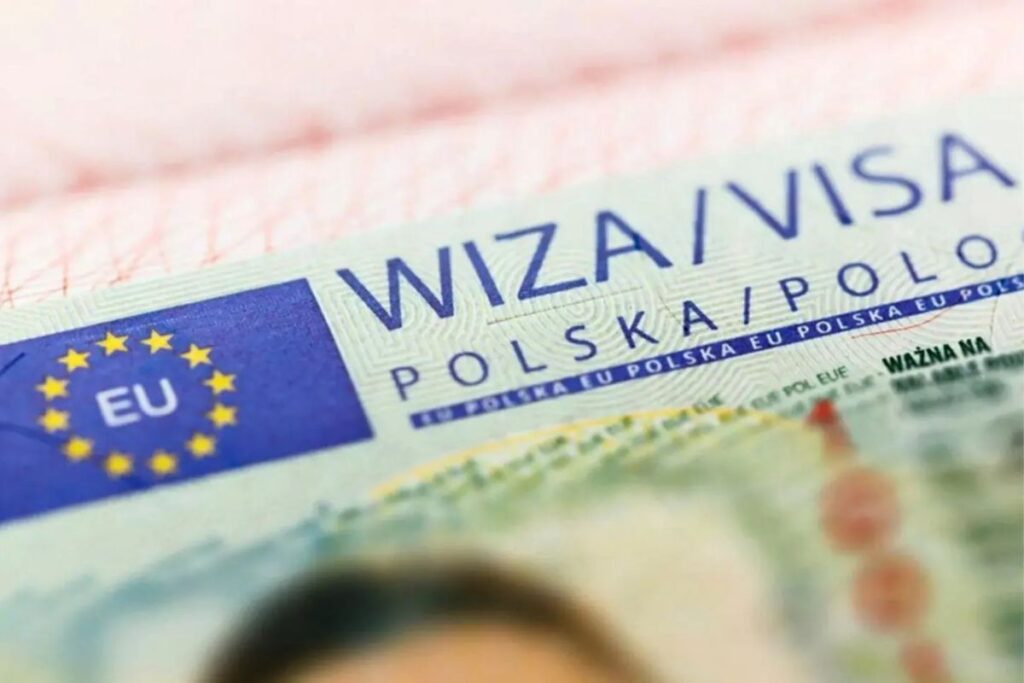
The European Union (EU) has a new weapon in its arsenal for managing external borders and maintaining the cherished Schengen Area – a revised Schengen Borders Code. This code aims to strike a delicate balance: ensuring the EU’s ability to respond to crises while preserving the free movement of people within the Schengen zone.
Here’s a breakdown of the key changes:
-
Flexibility at Border Crossings: Member states now have the authority to limit the number of operational border crossing points or reduce their opening hours during emergencies. This allows for increased border surveillance when necessary.
-
Internal Border Controls: The revised code clarifies the rules for introducing and extending temporary internal border controls within the Schengen zone. In exceptional situations, member states can reinstate internal border checks for up to two years, but only as a last resort.
-
Addressing Health Emergencies: The new code introduces the possibility of implementing EU-wide measures to restrict the entry of third-country nationals during public health emergencies. This ensures a coordinated response across the Schengen zone in the face of pandemics or other health threats.
While these changes might seem like restrictions on free movement, they are designed to be temporary measures used only in exceptional circumstances. The ultimate goal remains to preserve the free flow of people within the Schengen zone while strengthening the EU’s ability to manage its external borders effectively.
In essence, the EU is taking a proactive approach. The new Schengen Borders Code provides member states with the tools they need to respond to crises without sacrificing the core principle of borderless travel within the Schengen Area. This ensures balance between security and the free movement of people – a vital aspect of the European Union.
Need help navigating the visa process? Contact us today at visa@gogpl.in for the latest updates and personalized assistance.



